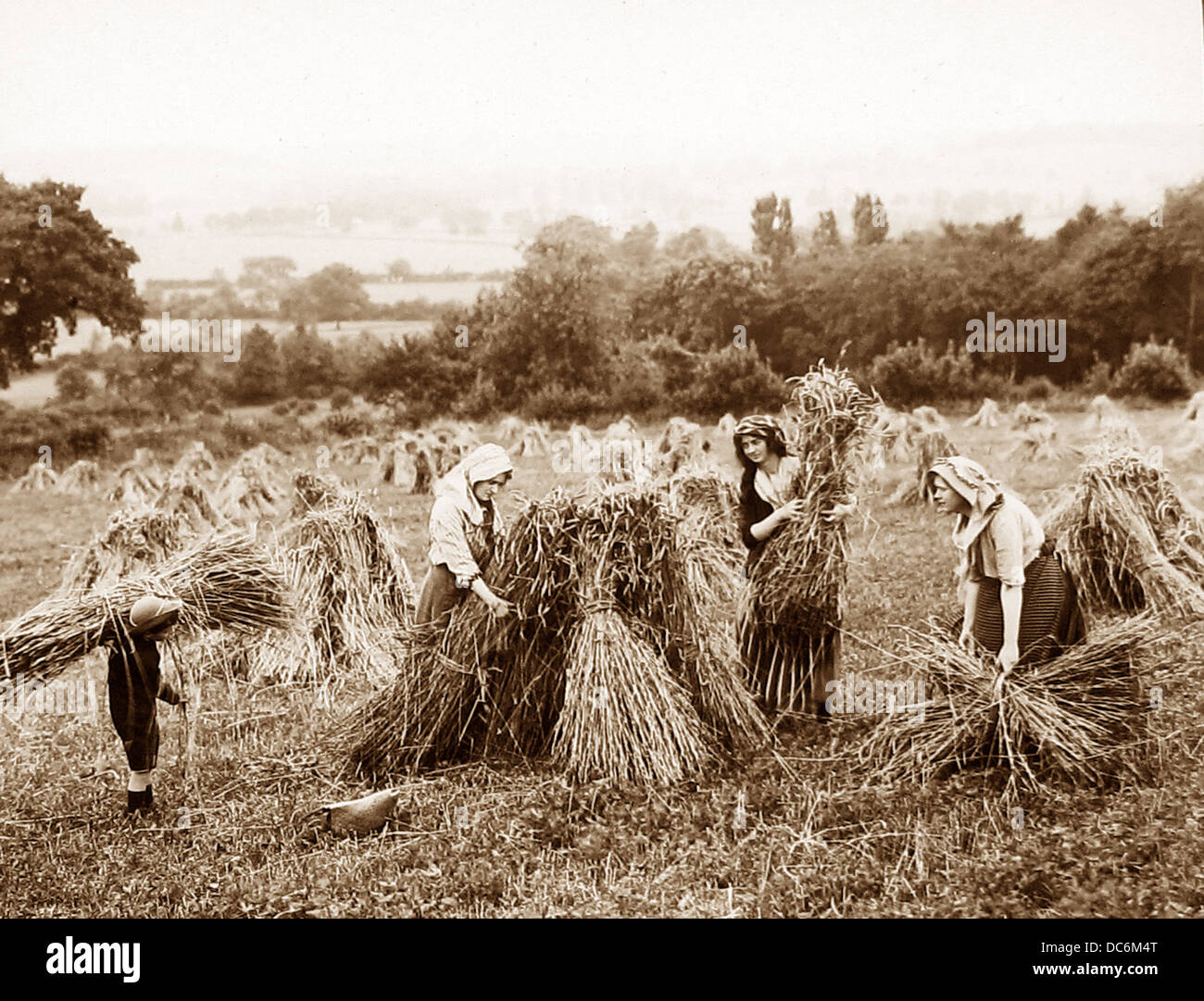Discover UK’s Historic Farming Practices

Imagine a lush, verdant landscape where rolled out like a patchwork quilt. This is the scene of UK’s rich tapestry of agriculture history, where farming evolution has been a fascinating journey through the ages. Ever wondered what was farming in the UK really like? Let's dive into the heart of the countryside to explore the traditional methods and practices that shaped the UK’s rural landscape.
Early Agricultural Beginnings
The Dawn of Farming
When we think of the early days of agriculture, let’s picture the Neolithic period about 6,000 years ago. The first farmers of the UK were essentially pioneers, clearing forests and tilling the soil to create fields. These early UK farm activities would have been labor-intensive, relying heavily on manual tools like hoes and spades. Imagine the back-breaking work of turning over the earth just to plant a few seeds! This was the groundwork for a way of life that would sustain generations.
Transition to Bronze Age
Fast forward to the Bronze Age, and we see a shift towards more advanced historical farming techniques. The introduction of the plough allowed farmers to till larger areas more efficiently. This period also saw the cultivation of traditional crops like wheat, barley, and even the humble pea.
The Medieval Pioneers
Feudal Farming
In the medieval era, farming took on a more structured form under the feudal system. Large manor houses were surrounded by fields owned by lord and tenant alike, reflecting a complex hierarchy. This was a time when most people lived on the land, growing crops and raising livestock to sustain their local communities. The open field system, where villagers shared ownership of common lands, was a hallmark of this period. Picture it as a grand cooperative where everyone had a stake in the harvest’s success.
Crops and Livestock
The classic image of medieval farming involves rustic fields dotted with stalks of wheat and barley. But did you know that rye and oats were also common? These crops were not just for bread; they formed the backbone of a peasant’s diet. Livestock rearing, particularly pigs and cattle, was equally important. Imagine a village common brimming with animals rummaging through the undergrowth, providing both food and by-products like wool and leather.
The Agricultural Revolution
A Game-Changing Era
The 18th century brought about a farming revolution that transformed the UK forever. Manual labor and traditional tools were gradually replaced by mechanization. Jethro Tull, an English agriculturist, invented the seed drill, a device that planted seeds in neat rows, allowing for better crop management. This innovation marked a significant leap in our farming evolution, much like upgrading from a manual typewriter to a computer word processor.
The Impact of Enclosure Movement
The Enclosure Movement was another radical change. It involved fencing off common land and turning it into private property. This might sound harsh today, but it allowed farmers to experiment with new techniques and crops more efficiently. Think of it as transforming a communal garden into neatly divided plots, each tended with individualized care and expertise.
The Modern Era
Agricultural Advances
In the 20th century, farming became increasingly industrialized. The combustion engine allowed for tractors and combines to process vast acres of land. Pesticides and fertilizers boosted yields, but also led to the realization of more green agricultural practices essential for sustainability. The UK’s agricultural history might be changing, but it has never ceased to evolve.
Current Trends
Today’s farmers face new challenges, from climate change to consumer demands for organic produce. Yet, many still adhere to time-honored traditions. Picture a farmer in a wellies standing in a field of golden wheat, using modern tech to track soil health but relying on old wisdom to determine the best time for harvesting. This blend of old and new is the hallmark of contemporary UK farming.
Conclusion
From the manual labor of the Neolithic period to the high-tech farming of today, what was farming in the UK has been an ever-changing landscape. Whether you're a history enthusiast or simply curious about the rural roots of our nation, there's a rich tapestry of stories and practices waiting to be explored. So, if you’re inspired to dive deeper into the UK’s agricultural heritage, click through to follow the fascinating journey of our farming evolution. The layers of history are vast, and there’s always something new to discover.
FAQs
Q1: What were the primary crops grown in medieval UK?
A: In medieval times, the primary crops were wheat, barley, rye, and oats. These crops were essential for bread-making and supporting the diet of the general population.
Q2: How did the Agricultural Revolution impact farming practices?
A: The Agricultural Revolution introduced mechanization, new farming tools, and practices like crop rotation. These led to increased efficiency and higher yields, significantly changing the landscape of UK farming.
Q3: What is the significance of the Enclosure Movement?
A: The Enclosure Movement transformed communal lands into private property, allowing for more efficient and innovative farming practices. However, it also led to social changes and the displacement of some rural populations.
Q4: How has modern technology influenced UK farming?
A: Modern technology has brought tractors, combines, and high-tech tracking systems to UK farming, increasing efficiency and productivity. It has also raised awareness about sustainable farming practices.
Q5: What role do traditional farming techniques play in today’s agriculture?
A: Traditional farming techniques still play a significant role, especially in maintaining biodiversity and sustainable practices. Many modern farmers blend old wisdom with new technology to achieve the best results.
```
0 Response to " Discover UK’s Historic Farming Practices"
Post a Comment